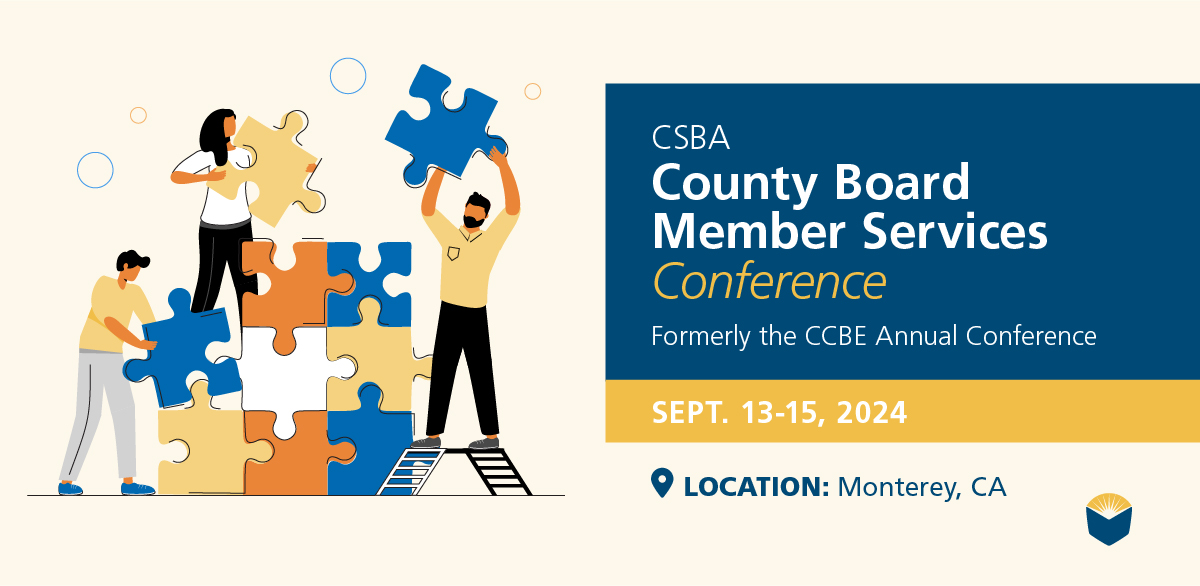Education law firm Dannis Woliver Kelley (DWK), CSBA Gold level Business Affiliate, on March 24 hosted a webinar spotlighting strategies for handling public communications from both legal and public relations perspectives.
Local educational agencies and the individuals who run them, such as school board members and district staff, have been subject to increasing communications requests and expectations in the last few years. Knowing how and when to respond to comments and requests — ranging from criticisms of programming or employees to complaints related to the Brown Act — is important.
William Tunick, an attorney at DWK, shared his legal perspective and Carmel Unified School District’s Director of Communications and Community Relations Jessica Hull spoke on PR.
“So much of what we’ve done during the pandemic is reactive communication,” Hull said. “We need to shift into proactive communication.”
A few general considerations to keep in mind when communicating with the public include knowing who is responsible for responding to inquiries, but also prepping relevant staff to be ready to reply as needed. Knowing the audience you’re talking to and thinking beyond just the recipient when communicating as well as picking the best format to reply are also critical, Hull said. Ensuring that key messages are communicated both consistently and clearly is important too.
LEAs may also want to consider if communications are coming from an individual perspective or if they’re based on talking points from a larger political movement in forming their response, Hull advised. “Is this a message that someone got off of an anti-[critical race theory] website that they’re sending to every district in California?” she gave as an example.
Legal considerations include taking into account when a response is actually required, if a communication will trigger legal requirements, what a response should be and its likelihood to have legal implications, Tunick explained. He also said it is important to consider how a communication will fit within context of other legal matters, First Amendment considerations and board governance/protocols.
Sample scenarios
The duo went on to discuss ways to handle common or controversial scenarios LEAs are experiencing. One of which addressed school closures.
Due to declining enrollment, a hypothetical district is closing schools. Listening sessions were held and the board weighed options at several meetings before ultimately voting to close three campuses. Now parents and community groups are sending communications to the board and staff wanting them to reverse the decision.
When messages are sent to trustees, traditionally, board presidents act as a representative of the board and can respond on the group’s behalf. The board president should let fellow trustees know they have responded and staff should share the same message as the board, with appropriate adjustments. Having detailed talking points is helpful to keep everyone on the same page.
“The dangerous part is that we all want to be responsive to our communities and we want to be empathetic and understanding, but sometimes deviating from those standard talking points … can get people into trouble,” Hull said, noting that talking points can be infused with a personal touch as they’re developed.
If individuals dispute the factual basis for a closure, Hull recommended not getting into arguments over misinformation, but rather thanking them for sharing their thoughts and then sharing the facts. “You don’t want to seem like you’re arguing with the person that’s presenting the misinformation,” she said. “It’s great if you can address it and link to items on your website, board packet or listening session that address those same issues and have other people sharing those facts as well.”
Engaging with the community at large by sharing positive stories on social media, the LEA’s website or hosting visiting sessions are ways to build trust and good associations with the district.
Another scenario involved controversy over curriculum. An LEA considering new health education curriculum after hearing from parents on both sides about changes to instructional content was also being contacted by people from out of state who were opposed to ethnic studies. The two topics aren’t related, but since the topic of curriculum was on the table, those opposed to ethnic studies may reach out.
Responding to curriculum questions can be difficult, Hull said, as education professionals often use jargon that confuses parents. Using simple language about potential changes, providing actual material that may be used and/or citing state requirements to calm any doubts they may be having can be critical.
Tunick and Hull also reminded attendees that it’s safer to not “take off their official hat” when communicating. “You’re always a board member, you’re always a superintendent, you’re always a director of communications no matter where you are,” Hull said.
Further best practices shared include:
- Providing training and information to boards, employees and communicators
- Watching for key legal triggers and terms
- Inserting communications considerations into every decision, preparing for various scenarios and being proactive
- Creating communications norms and expectations for all stakeholders





